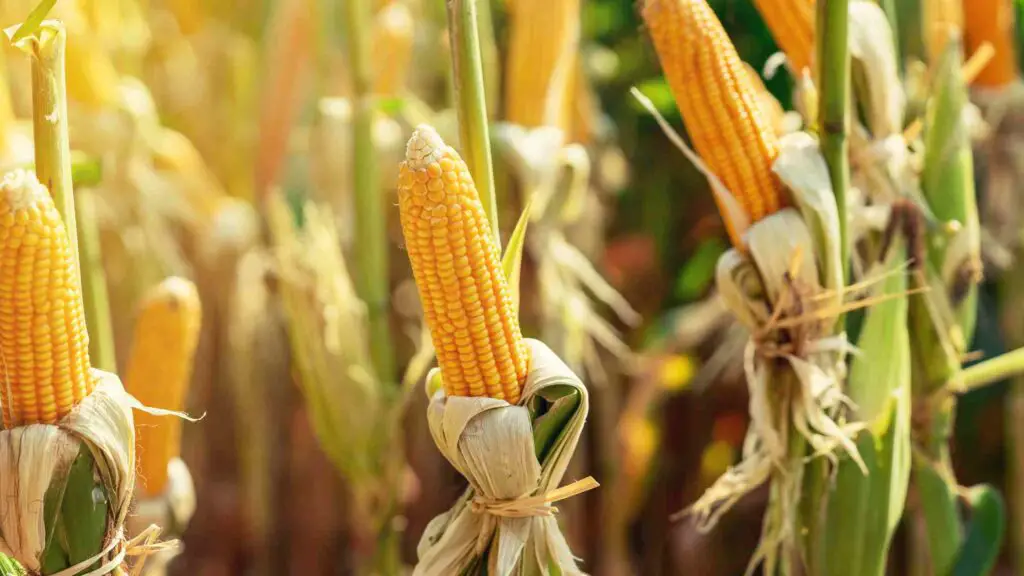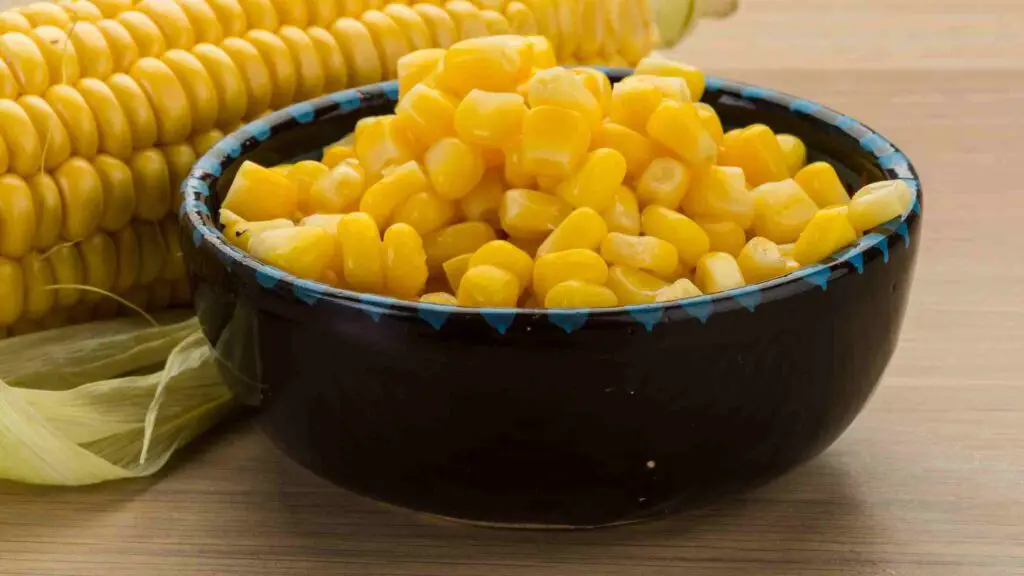Ukraine held the title of top corn producer for a very long time. The conflict in Ukraine has impacted everything from fertilizers to oil. This conflict with Russia has decreased its output, which has started to impact the market. Argentina, another provider of corn, also experienced a lower output. It is a key ingredient in the production of many other goods. This includes cereals, fried dishes, tortillas, and even soft drinks. Thus, a scarcity of corn would be a significant issue.
That’s not all, though. The USDA reports that fewer acres of corn were planted in 2022 than in 2021. Corn acres were decreased by 4% by corn farmers, resulting in 89.5 million corn planted in 2022. As a result, 2023 is likely to see lower yields, a lack of corn, and higher prices. There are other reasons for this corn shortage, which we will know in detail in this article.
DiscontinuedNews is impartial and independent, and every day, we create distinctive, world-class programs, news, and content that inform, educate and entertain millions of people worldwide.
Global corn markets are prepared for a 1Q23 supply shortage

In the first quarter of 2023, there might be a shortage of corn on the world market. It was due to
- Brazil’s export supply is rapidly dropping,
- Argentina’s crop being delayed and weak,
- Ukraine’s shipments are moving slowly, and
- the U.S. is the only other important viable option.
Brazil’s supply was expected to be low for the rest of its 2021–22 marketing year (March 2022–February 2023). It resulted from an unexpectedly high export pace over the past several months. From March through November of 2022, shipments from the nation totaled 33.7 mn t, a considerable increase over the previous five-year average of 22.5 mn t. It was a new high since at least 2013.
Brazil would only have 10.8 million metric tonnes of corn to export from December to February. It would happen if the U.S. Department of Agriculture’s (USDA) estimate of 44.5 million metric tonnes for the current marketing year for corn exports were considered.
And according to the projections from Argus’ agricultural analytics division, The nation’s exports in December are anticipated to hit a record of 6.7 million t. It is a huge increase from 3.41 million metric tonnes a year earlier. Rising quantities destined for China, Brazil’s new market, will likely boost the flows. Market participants expect 1.5 million metric tonnes of Brazilian corn to be shipped to China in December and January. This indicated a restricted supply for the rest of the world.
During that marketing year, Argentina shipped 30.5 million metric tonnes of corn. To meet the USDA’s export forecast of 36.5 million metric tonnes for the nation, it keeps an estimated 6
Million metric tonnes of exportable corn inventories until February. But much of this volume might be carried over into the marketing year 2022–2023. This was to compensate for a possibly delayed and smaller harvest the following season.
At that time, the extension to the 2021–2022 export licenses also made the carryover easier. According to market players, 2 million metric tonnes of corn may be transported throughout the rest of the season.
Another significant corn supplier is Ukraine. There were slow ship inspections in the Black Sea and countrywide power outages, slowing down shipments. Thus, dealing with export conditions is becoming more and more difficult.
Furthermore, while corn shipments were partially supported by the country’s large old-crop stocks in 2021–22, those volumes are dropping. New crops are not entirely replacing them. For the 2022–23 season, Ukrainian farmers have only collected 21.4 million t of corn, a decrease of roughly 14.0 million t from the previous year. It is according to December 2022 data.
American farmers intend to grow ‘heavy on corn‘
A late-season drought destroyed last year’s grain harvest and reduced U.S. corn supplies to a decade-low level. As a result, U.S. farmers are aiming to increase corn acreage in 2023. They are doing this to take advantage of lower fertilizer prices needed to grow the crop.
As concerns grew about the demand and price increases for soybeans that outpaced corn late last year, preparations for the upcoming season continued. Yet, early acreage projections and farmer interviews state their confidence in the largest U.S. harvest has not diminished.
As global economic development slows, a huge crop from the world’s top corn exporter might further lower commodity prices. It is used to make fuel and animal feed. Prices for the commodity had already dropped after rising to a 10-year high when Russia invaded Ukraine, a key producer of maize, a year ago.
Corn requires a more active management style and financial investment than the No. 2 U.S. cash crop, soybeans. Its hopes that it will be profitable in 2023 were raised by the reduction in the cost of essential inputs like fertilizer in the second half of 2022.
The Hunnicutt family farms 2,300 acres with their father, brother, and other family members close to Giltner, Nebraska. “We are going to be heavy on corn, possibly the most loaded on corn we have been in for a long time,” said Brandon Hunnicutt.
About 90% of those acres are to be dedicated to corn. According to the budget for his farm’s 2023 crops, which was created as the 2022 harvest ended, Hunnicutt said that in 2022, that would be roughly 55%.
Hunnicutt noted the consistency of corn yields as a major reason for investing heavily in corn in 2023. “On corn, it is slightly more scientific,” he declared. “Well, I suppose we will spray a fungicide and see if it works,” soybeans may be said to be like.
In 2023, according to analysts at S&P Global Commodity Insights, American farmers will plant 90.5 million acres of corn. It is 2.2% more than they did the year before and 0.6% more soybeans, in line with other early projections.
A fall in demand
To maintain the health of their soil, American farmers alternate planting soybeans and corn. When fertilizer prices jumped last year, many farmers favored soybeans; they plan to plant corn in most fields this year.
Ohio farmer Scott Metzger states, “It would take something pretty big to switch lots of acres around.” After the harvest begins in September, though, the bushels of corn might have difficulty finding a home.
According to data from the U.S. Agriculture Department, exporters have only booked sales of 24.038 million metric tonnes of American corn since last year’s harvest. It is a 43% decrease from the previous year.
In January, the government released its most recent estimate for corn exports for the entire year. It was 48.9 million metric tonnes, or 19.8% less than the first forecast from May 2022.
The domestic corn market is expected to reach a seven-year low of 304.561 million metric tonnes in the 2022–23 marketing year. It is a 4% decrease from the previous year. A decline in feed demand mostly caused that as the U.S. beef herd shrank to its lowest level since 1962. Also, an avian flu outbreak decimated commercial flocks.
Conclusion
Farmers were compelled to abandon the largest portion of their corn acreage in the past ten years following a drought in August. This is according to recent data from the U.S. Department of Agriculture. The soil moisture the crop will need during the future growth season has not been significantly restored by the weather this winter.
Corn stocks were at their lowest point since 2013 due to last year’s poor harvest. This gave farmers hope that prices would increase in the following months.
Farmer Ellen Rahn of Illinois intends to plant corn on roughly 75% of her 1,600 acres. After the drought of 2012 ruined the harvest across the Midwest, pushing inventories to their lowest level in nine years and supporting prices for the 2013 crop, she adopted a similar approach of increasing corn acres.
“We are in a good region of the world, where we typically have decent yields guaranteed to us,” Rahn added.
